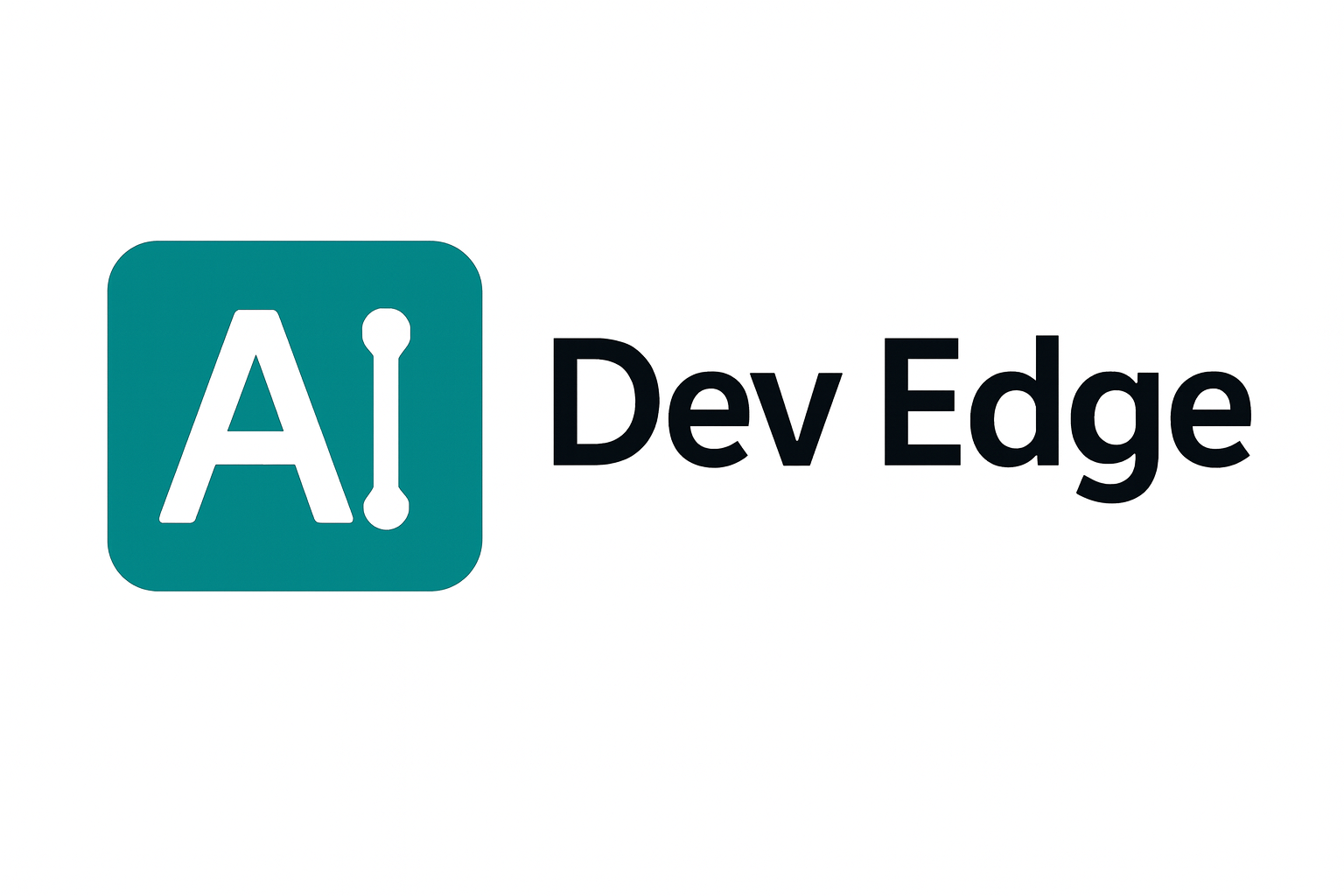Revolutionizing Ad Performance: An AI-Powered Ad Creative Testing System
In the fast-paced world of digital marketing, optimizing ad performance is crucial. With the advent of AI-powered ad creative testing systems, marketers can now dynamically select and deploy high-performing creative variants. This system leverages multi-armed bandit algorithms and real-time engagement metrics from DSP (Demand-Side Platform) and SSP (Supply-Side Platform) APIs to enhance ad effectiveness. This article explores the transformative potential of these systems for digital marketers.
Understanding Multi-Armed Bandit Algorithms in Ad Testing
Multi-armed bandit algorithms are at the core of AI-powered ad creative testing systems. Unlike traditional A/B testing, which splits traffic evenly among variants, these algorithms allocate more traffic to better-performing ads. This dynamic approach improves efficiency and results in higher conversion rates.
How It Works
- Initial Exploration: The algorithm tests multiple creative variants to gather data.
- Performance Analysis: Real-time metrics are used to evaluate each variant's effectiveness.
- Dynamic Allocation: Traffic is adjusted dynamically, favoring higher-performing variants.
Benefits Over Traditional Methods
Traditional A/B testing often wastes resources on underperforming variants. In contrast, multi-armed bandit algorithms continuously learn and adapt, ensuring optimal use of marketing budgets. For instance, a campaign using this system can see up to a 30% increase in ROI compared to static methods.
Leveraging Real-Time Engagement Metrics
Real-time engagement metrics provide invaluable insights into consumer behavior. By integrating these metrics from DSP and SSP APIs, marketers can make informed decisions quickly.
Key Metrics to Monitor
- Click-Through Rate (CTR): Indicates the effectiveness of ad creatives in capturing user interest.
- Conversion Rate: Measures the number of users completing desired actions.
- Engagement Time: The duration users interact with the ad content.
Practical Application
Consider a scenario where an ad creative has a high CTR but low conversion rate. Real-time metrics help identify this issue, allowing marketers to tweak the call-to-action or landing page, thereby improving overall performance.
Dynamic Selection and Deployment of Creative Variants
The ability to dynamically select and deploy creative variants is a game-changer for digital marketers. It ensures that only the most effective ads are shown to the target audience.
Steps to Implement
- Creative Development: Develop a diverse range of ad creatives.
- Integration with APIs: Connect the system with DSP and SSP APIs for real-time data.
- Automated Testing: Use the system to test and deploy creatives automatically based on performance.
Example Scenario
A fashion retailer launches multiple ad creatives for a new collection. Using this system, the retailer can quickly identify which creative resonates best with the audience, leading to increased sales and brand engagement.
Improving Ad Performance with AI
AI-powered systems provide digital marketers with a competitive edge. By automating the testing and deployment process, marketers can focus on strategic initiatives rather than manual optimization tasks.
Key Advantages
- Cost Efficiency: Reduces wasted ad spend by focusing on high-performing creatives.
- Time Savings: Automates routine tasks, freeing up resources for strategic planning.
- Enhanced Targeting: Continuously learns and adapts to audience preferences.
Conclusion
AI-powered ad creative testing systems represent a significant advancement in digital marketing. By leveraging multi-armed bandit algorithms and real-time engagement metrics, marketers can optimize ad performance dynamically and efficiently. The result is a more targeted, cost-effective advertising strategy that drives better business outcomes.
FAQs
What is a multi-armed bandit algorithm?
A multi-armed bandit algorithm is a statistical model used to optimize decision-making by dynamically allocating resources to the most promising options, improving efficiency over traditional A/B testing.
How do DSP and SSP APIs enhance ad testing?
DSP and SSP APIs provide real-time data on ad performance, enabling systems to make informed decisions quickly and optimize ad deployment based on current engagement metrics.
Can small businesses benefit from AI-powered ad testing systems?
Yes, small businesses can benefit significantly. These systems automate complex processes, allowing businesses to maximize their ad budget and improve ROI without needing extensive resources.
